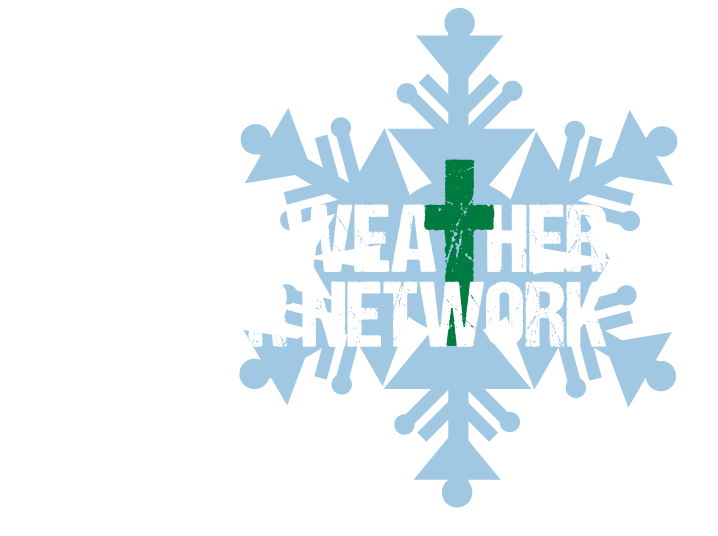More than 6,000 people are experiencing homelessness in Greater Denver on any given night according to the Point in Time survey done in January of 2021. Additionally, in 2020 there were 1,273 people in shelters who were experiencing homelessness for the first time. That number has doubled to 2,530 demonstrating the devastating effects of COVID-19 on the stability of our homeless neighbors. The data from 2020 reflected a modest 6 percent increase since 2019 and a nearly 15 percent rise from two years prior. In the new survey the increase is at minimum 35 percent higher. It is more likely, however, that there is an estimated 40-60 percent increase due to the COVID 19 pandemic as the survey DID NOT include people in tents and other non-sanctioned shelter sites, as they were not counted in this survey due to COVID concerns.
With eviction moratoriums and other protective measures ending or phasing out, Severe Weather Shelter Network expects dramatic increases in people who need help because of the economic impact of the pandemic. Reinstating these moratoriums on a local or state level would significantly decrease the impact for those households on the edge that now face homelessness.
While many of us (nonprofits, foundations, and policymakers) are working hard to address the issue, sustainable solutions have been a challenge to develop. That should not discourage us from trying: We can end homelessness by separating fact from fiction and examining the methods that work.
Why Do People Become Homeless?
FICTION: Homeless people cannot find work and are all on drugs.
FACT: There is no single hardship that leads directly to homelessness, but among the factors are poverty, scarcity of affordable housing, severe trauma (including domestic violence), mental illness or physical disabilities and personal crises.
Yes, unemployment is a huge issue, but — according to the National Coalition for the Homeless — as many as 44 percent of homeless people have jobs: The major problem has been wage stagnation over the past decade.
As for addiction, a misunderstanding about drug and alcohol abuse is that, while it is a problem for those in poverty, addictive disorders are often a result of homelessness rather than the cause.
How bad is the Homelessness Problem?
FICTION: The homeless rate went down for many years, so therefore we are making great progress.
FACT: While there are some positive trends, the numbers are still alarming. The number of people experiencing homelessness in the Denver metro area continues to rise.
At least 8,104 people were experiencing homelessness between dusk on Jan. 27 to dusk on Jan. 28 in the seven counties surveyed in the 2021 Point-in-Time census, a one-day count across the nation of people experiencing homelessness. (Again, this number ONLY counted people in shelters and NOT other tent cities or non-sanctioned shelters, so the true number is between 40-60% higher) The data reflects a 35% increase since 2020 and a nearly 40% rise from three years ago.
Obviously, the pandemic has exacerbated some of these number but there is no doubt about the magnitude of the problem.
FICTION: Homelessness affects everybody equally.
FACT: Unstable housing affects minorities the most. African Americans made up more than 20% of people experiencing homelessness, but they represent less than 10% of the general population. Indigenous populations make up about 2% of the general population but comprise about 5% of those unhoused.
The overrepresentation of people of color, specifically Black and Native Americans, among those experiencing homelessness is critical to the response. Homelessness is an issue of race and must be approached through this lens.
FICTION: Homelessness are mostly in cities and in low-income areas.
FACT: The high cost of living puts many more at risk, no matter where they are. All sources on homelessness point to the largest issue in the metro-Denver region being access to affordable housing. The National Low Income Housing Coalition’s Out of Reach: 2021 Data lists Colorado as having the 8th highest housing wage in the nation.
FICTION: Homeless people are all single individuals.
FACT: Many families in America experience homelessness. According to National Alliance to End Homelessness (NAEH) data, about 34 percent of the homeless population are families.
More to Know
What is a “point-in-time” count? This is an unduplicated count of the people in a homeless community on a single night. While the U.S. Department of Housing and Urban Development (HUD) requires that organizations which receive certain federal assistance funds do this count every other year, many communities perform them more frequently. The counts are mandated to occur during the last week of January, when most emergency shelters and housing programs are at-capacity.
While transitional housing and sheltering programs typically report the demographics details of their clients, difficulties arise when documenting specific information about people who sleep outside, in tents or in vehicles. Many homeless people are hidden during winter months, and sample surveys help supplement census data collected during the often-anonymous street-counts. HUD requires that each regional Continuum of Care (CoC) organizes its own count; therefore, the methodology, statistics reported, and their accuracy can vary across the United States.
How long does homelessness usually last?
Most homeless people do get back on their feet over a relatively short amount of time if they get support. But “chronic homelessness” refers to people who have been continuously (or repeatedly) homeless for at least a year, usually while coping with a debilitating mental or physical disability. On a single night in January 2017, there were 86,962 homeless individuals in the U.S. who met this criterion, and that represented 24 percent of the total population of homeless individuals. Nearly 70 percent of chronically homeless individuals were living on the street or other location unfit for habitation. While the number of individuals with patterns of chronic homelessness has declined 27 percent since 2007, there is more work to be done.

